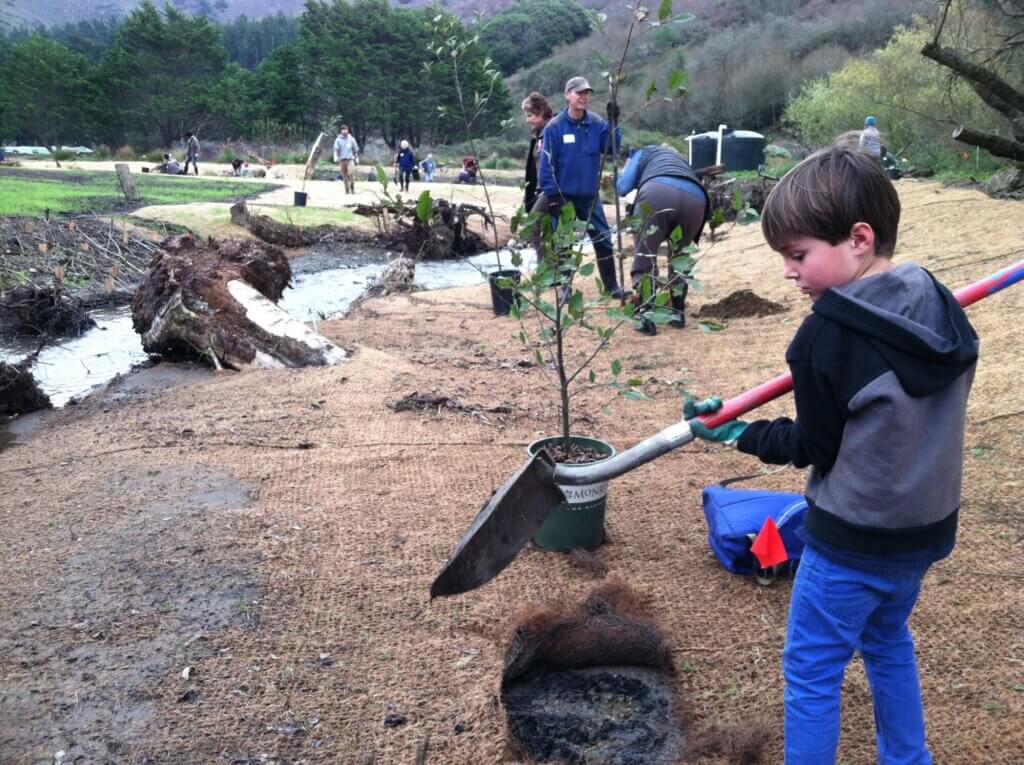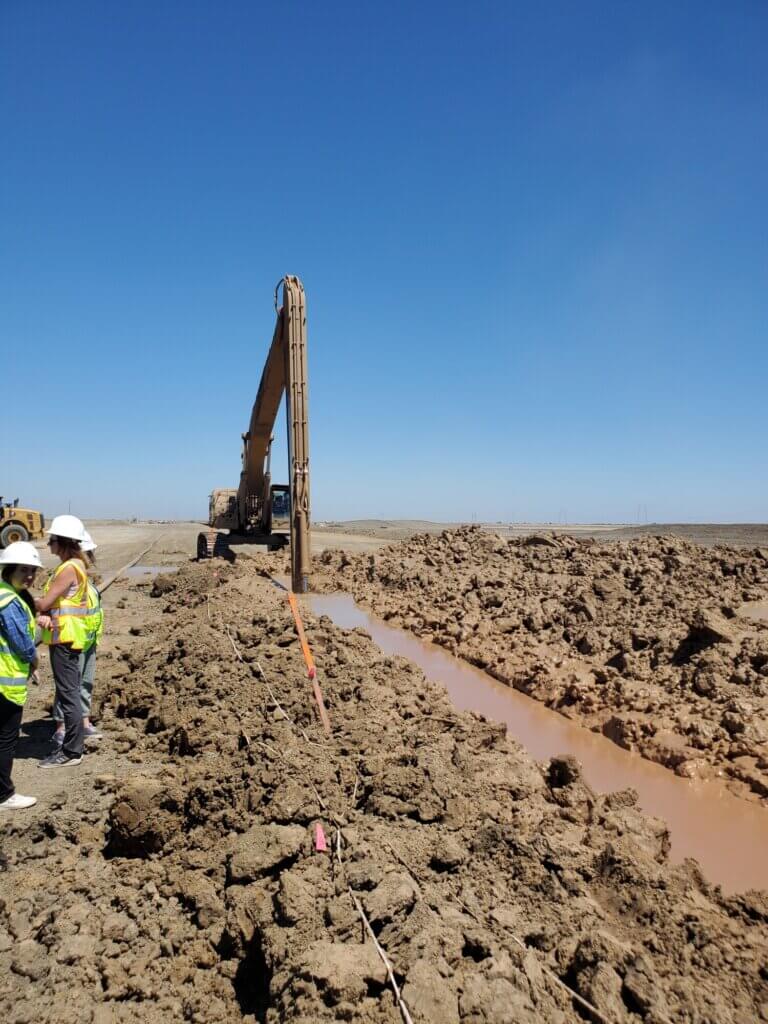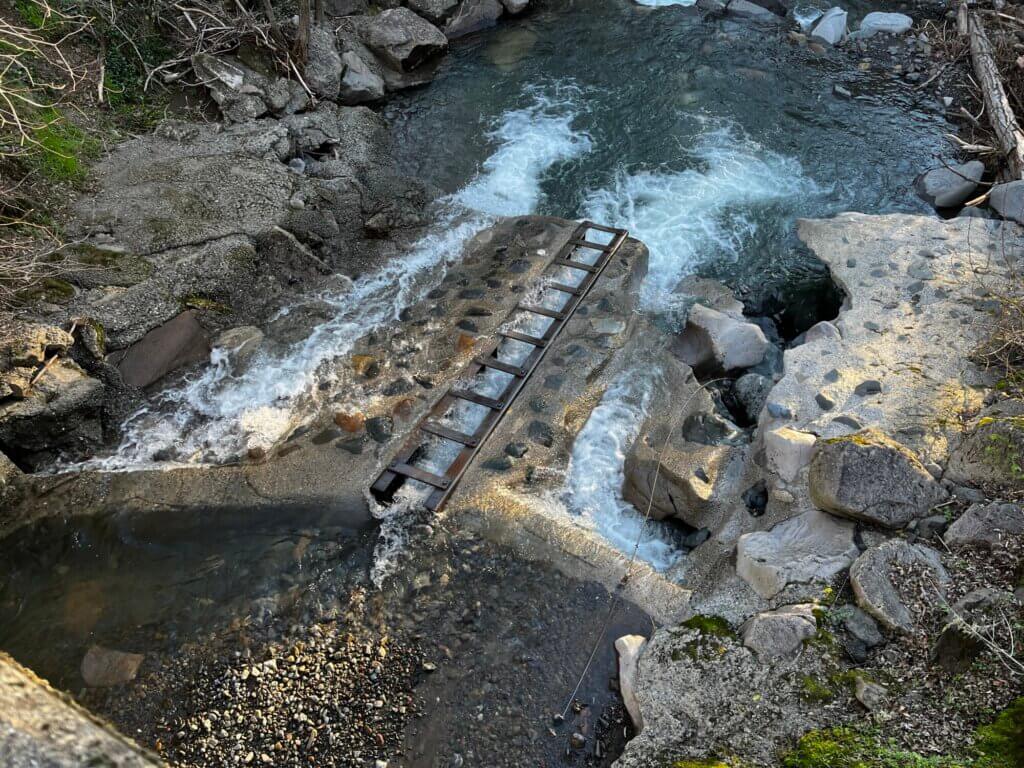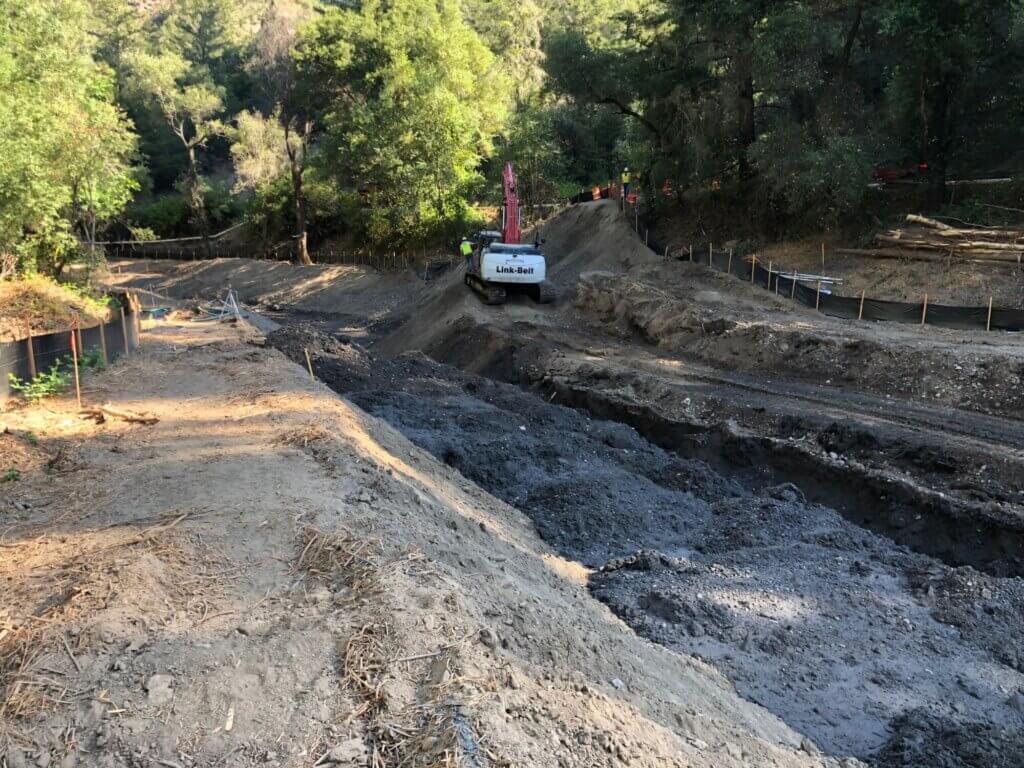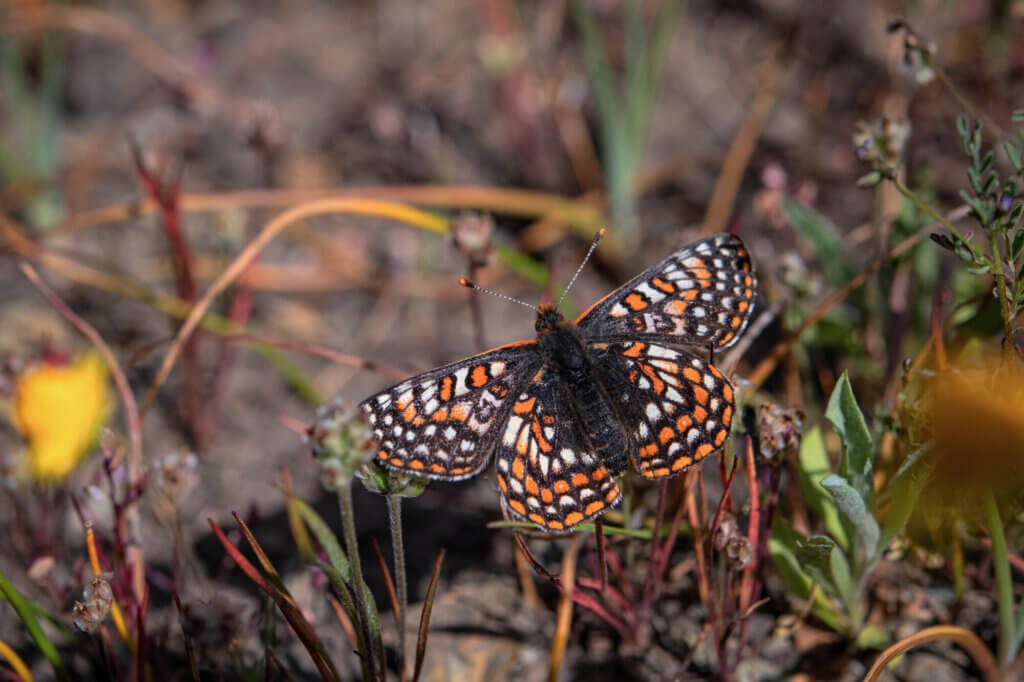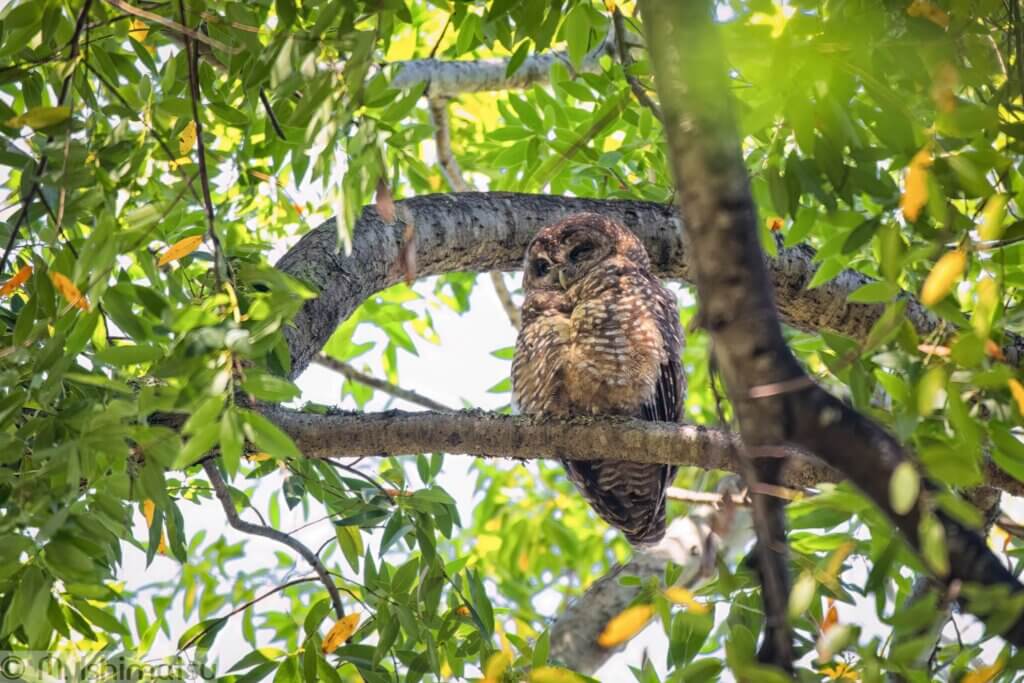New USFWS Statewide Programmatic Biological Opinion
Regulatory Time and Cost Savings for Applicants Proposing Habitat Restoration and Multi-benefit Projects
A five-year effort by the U.S. Fish and Wildlife Service (USFWS) to simplify and speed Endangered Species Act Section 7 consultation for restoration and multi-benefit projects in California culminated in late 2022 with a first-in-the-nation Statewide Programmatic Biological Opinion (PBO) for Restoration. Covering 73 threatened and endangered species that may be affected by construction and other project activities, and a wide range of restoration project types, the new PBO is available to any project proponent with funding or permitting from these federal lead agencies:
- U.S. Army Corps of Engineers Clean Water Act Section 404/10 permitting
- USFWS grant funding (Coastal, Partners, Joint Ventures and more)
- National Oceanic and Atmospheric Administration (NOAA) grant funding (Restoration Center, Office of Coastal Management and more)
- Other federal agencies (through a clause for “late-arriving” action agencies)
The model for this new programmatic Section 7 consultation for restoration was created by USFWS’ sister agency NOAA Fisheries, which developed four regional PBOs covering projects in anadromous fish habitat throughout California starting in 2006. To encourage USFWS to develop a similar PBO that would cover all of California, WRA’s Restoration Permitting Specialist Erik Schmidt (prior to joining WRA) proposed in a 2017 a memo that USFWS support development of a single PBO for restoration projects throughout the state, to include many listed species encountered by these projects. The goal: Create a more efficient consultation process with a programmatic, or pre-approved, biological opinion and incidental take coverage covering most restoration work in California — including projects with flood management, transportation, climate adaptation, recreation, public access and other related benefits.
To accomplish such a task in a huge, biodiverse state, USFWS staff from multiple field offices needed to analyze potential effects from restoration project activities on a large array of listed plants and animals. Species affected range from tiny fairy shrimp found in vernal pools to the northern spotted owl and marbled murrelet nesting in mature forests in central and northern California. Ultimately, the final PBO includes selected fish, reptiles, birds, mammals, and amphibians, as well as invertebrates and a handful of plants, that are listed or proposed for listing, as well as designated critical habitat for many of these species.
Design guidelines and detailed protection measures, both general and species-specific, are included in the PBO, and project applicants must incorporate these into their plans and project description. This helps avoid or minimize impacts or “incidental take” to species and their habitat that may be present at the project site (note that the protection measures are also useful for applicants with non-restoration infrastructure construction, for take avoidance using standard project permitting).
The USFWS Statewide PBO for Restoration was developed in coordination with the NOAA Restoration Center and Army Corps Regulatory Districts in California, as well as state agencies – California Department of Fish and Wildlife and the State Water Resources Control Board – that have created their own programmatic regulatory approvals for habitat restoration. Together, these new permitting tools and the support agency staff provide applicants aiming to use them, greatly improve what has long been a significant barrier to getting more restoration work implemented. At the state level, this new regulatory model is part of California’s Cutting Green Tape initiative.
Of course, even with improved regulatory processes, the suite of federal, state, and local permits required for restoration and multi-benefit projects in California remains a complex path to be navigated by any project proponent, and WRA’s team is ready to help with permitting, as well as design, environmental review, and biological monitoring. Early, integrated planning for use of programmatic approvals such as the new USFWS Statewide PBO for Restoration is key to successfully obtaining the time and cost savings these permitting tools can offer.
Learn more about WRA’s services on our Expertise page or Contact Us to help you with your next project!




